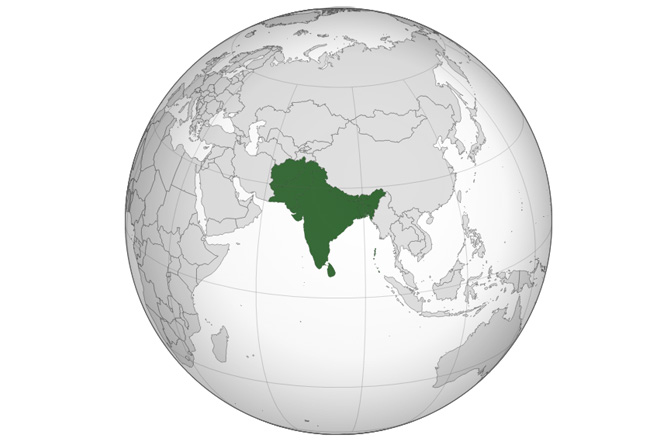June 12, 2015 (LBO) – The World Bank says growth in South Asia is expected to continue at a firm 7.1 percent this year, led by a recovery in India.
“Regional GDP growth is expected to remain at just over 7 percent during 2015, and rise at a moderate pace toward 7.5 percent in 2017, in line with the ongoing recovery in India and stable growth in the rest of the region,” the World Bank Group’s latest Global Economic Prospects (GEP) report, released Thursday said.
buy neurontin online buy neurontin online no prescription
The report says stronger regional growth is underpinned by strengthening public investment.
“Private investment should also improve, but at a slower pace as high levels of non performing loans on banking sector balance sheets in Bangladesh, Bhutan, India, and Pakistan hold back the recovery in credit growth,”
“Tailwinds from the fall in global commodity prices and falling inflation should support real incomes and consumer spending in the early part of the forecast period, as should relatively stable growth in remittance inflows.” the World Bank said.
Although there are risks that the recent fall in global oil prices could adversely impact remittances from oil-producing Gulf economies, the World Bank says there are several offsetting trends.
“These include large fiscal and sovereign wealth fund buffers in Gulf Cooperation Council (GCC) countries that should help to support activity there alongside ongoing large scale construction activities and improving economic prospects in the U.S. and Euro Area,”
“And most governments are expected to remain focused on rebuilding fiscal space and curbing fiscal deficits through a mix of expenditure and revenue measures.” the report said.
Accordingly, the report says growth will be driven primarily by domestic demand during the early part of the forecast period, with a rising contribution from external demand in later years as growth in advanced economies picks up.
buy amitriptyline online buy amitriptyline online no prescription
“Although imports should rise as the investment strengthens, current account balances should remain manageable, reflecting macroeconomic adjustments in recent years, domestic fiscal consolidation efforts, and lower oil import bills,”
“As a large, financially-open emerging market economy, India remains exposed to volatility in global financial markets and shifts in global portfolio allocations that may follow policy rate hikes in the United States, expected later this year,”
“However, the substantial reduction in current account deficits since 2013, record-high foreign exchange reserves, and improvements in the policy environment should also help contain such risks,” the report further said.
Growth in South Asia 7.1-pct in 2015: World Bank

